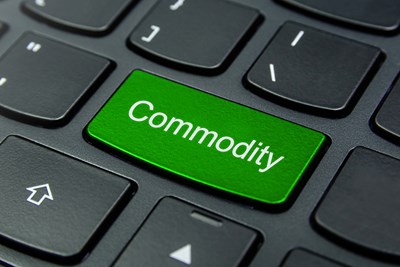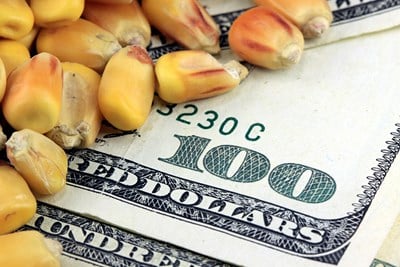Our population is growing at a rapid pace, and commodities are an important part of our world. Livestock, agriculture, metals, and oil are all things we have interaction with on a daily basis. The market is highly dependent on supply and demand, but as population rises, the demand increases. What do experts say about the future of commodities? Will there be enough supply to respond to the demand of the future?
Potable Water
The Dakota Access Pipeline issue introduced Americans to the fact that some people may not have access to clean water. The United States isn’t the only country in the world with this issue, and the population of people who don’t have access to potable water—water that cannot be consumed—is quickly rising. It’s estimated by 2025 that 1.8 billion people will live in areas that are plagued by water scarcity and two-thirds of the world’s population living in water-stressed regions. It’s no surprise that some experts believe that potable water could appear on the commodities market.
Countries like China have a growing demand for fresh water to accompany the countries that already have a lack of clean drinking water. Within 25 to 30 years, some experts believe that we should see a globally integrated market for fresh water. This includes futures in spot pricing, as well as fleets of water tankers that store water similar to how we currently store oil and natural gas.
Fracking
Unless you live in an area where fracking is prevalent, you may not know what it is. Fracking is a process of extracting gas by drilling down into the earth and using a high-pressure water mixture that flushes gas from tiny cracks in the ground and up to the surface. While controversial, some experts believe that hydraulic fracturing could lead to the appearance of the guar bean on the commodities market.
The guar bean is one of the main ingredients in fracking fluid that is used to hold open cracks in shale rock that gas is extracted from. The primary producer of the guar bean comes from India, and the cost of this little bean has recently increased in price. It’s already traded in Indian commodities exchanges, but it won’t be long before it appears in the United States and other developed markets.
Rare Metals
Out with the old and in with the new. Everyone has heard of copper, but most people haven’t heard of neodymium, europium, and samarium. These minerals are becoming critical in the global economy because they are essential components of electronic devices we use every day (like cell phones, flat panel TVs, electric cars, and hard drives).
Currently, China holds most of the global supply of rare earth oxides, which has caused huge swings in the pricing of these elements. However, it won’t be long before countries like Malaysia and even the United States begin expanding producing to refine these metals. An international exchange will be necessary to facilitate proper pricing. This isn’t necessarily in the new future due to China’s hold on the market, but increasing demand for electronics that use neodymium, europium, and samarium cause experts to believe that supply will be met through commodities trading in the future.



